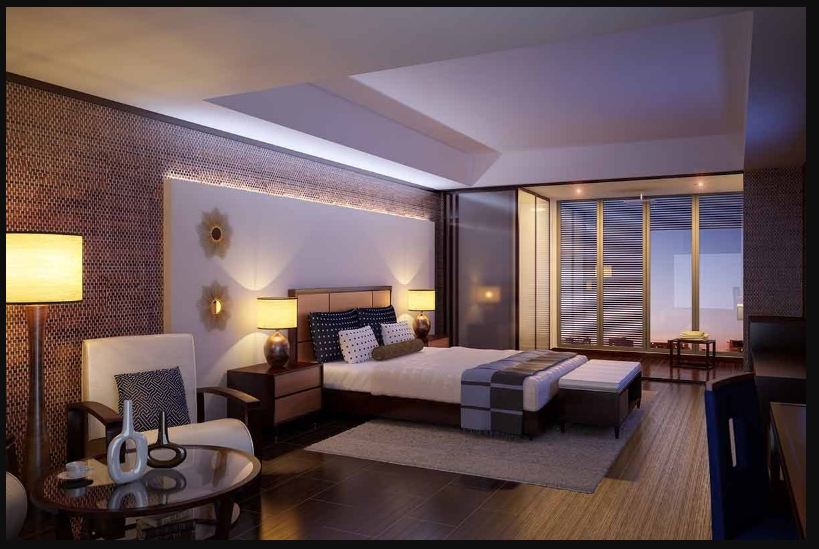Introduction to Thoughtful Interior Design in Hotels
In the competitive landscape of the hospitality industry, hotels strive to differentiate themselves and create memorable experiences for their guests.
One essential aspect that plays a crucial role in achieving this goal is thoughtful interior design.
By carefully curating spaces that evoke a sense of comfort, elegance, and sophistication, hotels can elevate the overall guest experience to new heights.
The Role of Interior Design in Hotels
Interior design goes beyond mere aesthetics; it reflects a hotel’s brand identity and values.
From the moment guests step into the lobby to the comfort of their rooms, every aspect of the interior design shapes their perception and sets the tone for their stay.
Elements of Thoughtful Interior Design
Thoughtful interior design encompasses various elements, each meticulously chosen to create a cohesive and inviting environment.
Lighting and ambience set the mood, while carefully selected furniture and decor add character and charm. Color schemes and themes tie everything together, creating a harmonious visual experience for guests.
Impact on Guest Experience
The impact of interior design on guest experience cannot be overstated. Well-designed spaces can uplift spirits, enhance relaxation, and foster a sense of belonging.
From the warmth of a cosy reading nook to the grandeur of a beautifully appointed dining area, every detail creates memorable moments for guests.
Case Studies: Successful Interior Design in Hotels
Numerous hotels around the world have garnered acclaim for their exceptional interior design. From boutique establishments to luxury resorts, these properties showcase the transformative power of thoughtful design. Hoteliers can glean valuable insights into effective design strategies by examining their successes.
Innovation and Trends in Hotel Interior Design
Innovation plays a crucial role in pushing the boundaries of hotel interior design. From incorporating cutting-edge technology to embracing sustainable practices, hotels are constantly evolving to meet modern travellers’ changing needs and preferences.
By staying abreast of emerging trends, hoteliers can stay ahead of the curve and delight their guests with innovative design solutions.
The Psychological Aspect of Interior Design
The psychological impact of interior design extends beyond aesthetics; it influences emotions, behaviours, and perceptions.
Warm, inviting spaces can evoke comfort and relaxation, while thoughtfully designed communal areas encourage social interaction and engagement.
By understanding the psychological nuances of design, hoteliers can create environments that resonate deeply with their guests.
Challenges and Considerations
While the benefits of thoughtful interior design are undeniable, hoteliers also face challenges in achieving the perfect balance between aesthetics and functionality.
Budget constraints, space limitations, and evolving guest preferences present ongoing considerations that must be navigated with care and creativity.
Collaboration in Interior Design
Successful interior design in hotels often requires collaboration between stakeholders, including architects, designers, and hotel management.
By fostering a spirit of teamwork and communication, hotels can ensure that every aspect of the design process aligns with their vision and objectives.
The Future of Hotel Interior Design
As the hospitality industry continues to evolve, so will the practice of interior design in hotels. Emerging trends such as biophilic design, experiential spaces, and wellness-focused amenities are poised to shape the future of hotel interiors. By embracing innovation and staying attuned to guest preferences, hotels can continue to elevate the guest experience through thoughtful design.
Conclusion
In conclusion, thoughtful interior design is a cornerstone of hospitality excellence, enabling hotels to create immersive and unforgettable experiences for their guests.
By prioritizing design principles that enhance comfort, functionality, and aesthetic appeal, hotels can distinguish themselves in a competitive market and leave a lasting impression on their guests.
FAQs (Frequently Asked Questions)
How does interior design impact guest satisfaction in hotels?
Interior design significantly shapes the overall guest experience, influencing mood, comfort, and perception.
What are some critical elements of successful hotel interior design?
Lighting, furniture, decor, and colour schemes are essential elements that create inviting and memorable hotel spaces.
How can hotels stay abreast of emerging interior design trends?
Hotels can stay updated on emerging trends by collaborating with experienced designers, attending industry events, and conducting market research.
What are some common challenges hoteliers face in implementing interior design projects?
Budget constraints, space limitations, and balancing aesthetics with functionality are common challenges hoteliers may encounter in interior design projects.
How important is collaboration in achieving successful interior design in hotels?
Collaboration between architects, designers, and hotel management is crucial in ensuring that the interior design aligns with the hotel’s brand identity and guest preferences.
Latest Post!
- What’s in a Number? Exploring the World of 7089782755

- imagesize:地藏王菩薩 1920×1080: Symbolism, Solace, and Spiritual Insight

- http wizzydigital org blog: Powering Brands with Precision and Innovation

- Exhentaime: The Smart Way to Beat Time Stress and Reclaim Your Day

- www.goodmooddotcom.com cruising category

- Home Heating Mistakes to Avoid



